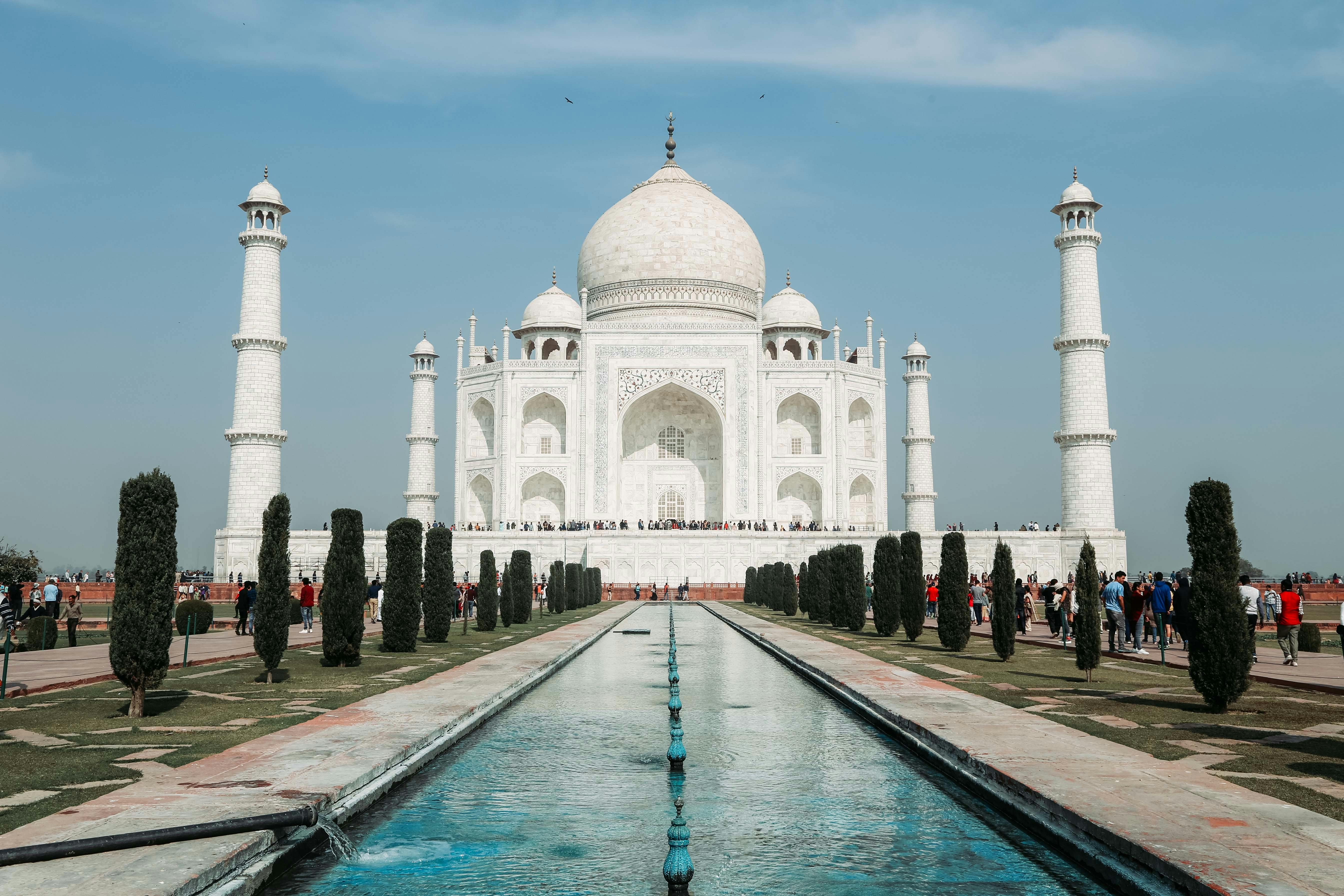THE SEVENTH WONDER OF THE CONTEMPORARY WORLD


The Taj Mahal was built during the period of the Mughal Empire in India. Emperor Shah Jahan, who ruled from 1628 to 1658, commissioned the construction of the Taj Mahal as a monument to honor the memory of his favorite wife, Mumtaz Mahal, who died in 1631 while giving birth to their fourteenth child. This period was characterized by great wealth and artistic and cultural splendor. Construction of the Taj Mahal began in 1632 and took approximately 22 years to complete, involving thousands of craftsmen, laborers, and talented architects. During this time, the Mughal Empire was at its peak, spanning much of the Indian subcontinent and marking a period of relative stability and economic prosperity. The design and construction of the Taj Mahal reflect the influence of various artistic traditions, including Persian, Islamic, and Indian. The architecture of the Taj Mahal combines elements of these styles, creating a monument that is both a masterpiece of engineering and a symbol of beauty and eternal love. After the completion of the Taj Mahal, the Mughal Empire continued to thrive for some time, although it later faced internal and external challenges that eventually led to its decline. Despite political and social changes over the centuries, the Taj Mahal has remained a lasting symbol of the splendor of the Mughal Empire and one of the most famous architectural wonders in the world.
Taj Mahal translates from Persian and Urdu to Spanish as "Crown of the Palaces." The term "Taj" means "crown," and "Mahal" translates as "palace." This name reflects the magnificence and importance of the monument as a place of great beauty and historical significance.
